
The First World War had more lasting ramifications than anyone could have imagined. The Allied powers had won, but the punitive actions taken against Germany following the war would inadvertently set the stage for yet another world wide disaster.
World War II: How it began
Austria-Hungary and Germany had been defeated. The armistice that ended the conflict was signed on November 11, 1918, but the treaty that officially ended the war - The Treaty of Versailles - was not signed until the following summer. In the treaty, Germany was forced to give away 13% of its land and a large portion of its iron and coal production. This forfeiture, plus the monetary demands made by the Allied powers (Britain, France, and Russia) left the country economically crippled. The German dollar, or Reichsmark, became nearly worthless. On top of it all, a new government was put into place as Kaiser Wilhelm II, Emperor of Germany, was forced to step down and a president was put in his place. The political and social atmosphere in Germany became toxic. Uprisings took place across the country and extreme political views were pushed forward as potential solutions to their problems.
The German Workers' Party was founded in 1919. It was a group that met in a beer hall in Munich to discuss political matters of the day. They disagreed with the measures set against Germany in the Treaty of Versailles. They were also racist and extremely antisemitic. In 1920, the group changed their name to the National Socialist German Workers' Party, or the Nazi Party.
Adolf Hitler had fought for the Germany army in World War I and later worked as an officer in the information department. Part of his job was to promote Germany and instill feelings of pride and nationalism in its soldiers. He was invited to join the Nazi Party in 1919 and before long became party chairman. Hitler used this position of power to promote the concept of the Aryan race - the idea that Germans were superior to all other people. He wanted to cleanse Germany of people he did not believe "fit" into the Aryan race: the disabled, homosexuals, and minorities, particularly the Jewish community.
Over the next decade, the Nazi party thrived in Germany infiltrating every area of German life. By 1933, Hitler was made chancellor of Germany, and in 1934, when the German president died, Hitler proposed that the president and the chancellor be made one position, which he would occupy. The vote passed with a resounding 89.93% approval. Hitler was now the Führer with complete and total control over the country.
Unsatisfied with having only Germany in his clutches, Hitler set his sights elsewhere. On September 1, 1939 he invaded Poland. What followed was years of intimidation, persecution, murder, and genocide. Germany soon occupied Norway, Denmark, Belgium, the Netherlands, Luxembourg, and France. Other nations collaborated with Germany in its attacks - Italy, Japan, Hungary, Finland, Romania, Bulgaria, Solvakia, and Croatia.
Two days after the invasion of Poland, Britain and France declared war on Germany. Canada soon followed with a formal declaration of war on September 10. Together with the Soviet Union, China, and a host of nations from around the globe, they fought together for the next six years to end Hitler's reign of terror.
Despite having lost so many young lives only twenty years before, the citizens of Canada once again answered the call to war.
Private Cecil Dixon (1922-1943) - F79582
Cecil Dixon was born on January 10, 1922 in Africville, a black community in Halifax, Nova Scotia. Cecil's mother, Florence Dixon (Dixson), was the daughter of Edward and Annabella (Carvery). Not much is known of Cecil's father John Izzet (Izzit, Izzard, Izard) except that he and Florence did not raise Cecil together. Only three years after Cecil was born his mother married Harrison C. David of Hammonds Plains. Cecil was given his biological father's surname at birth, but he frequently used his mother's maiden name as his own.
As a child Cecil attended the Africville Public School. Like many people of the time, he left grade school quite early. Though his struggles with reading and writing may have contributed to his departure, it is likely that he prioritized earning for his family over his education. He left the Africville Public School in 1931 after completing forth grade at age nine. He traveled to Amherst, Nova Scotia and worked at the Amherst Foundry. The Foundry produced cast iron items like bathtubs and sinks that were finished in porcelain enamel. He worked at the Foundry for ten years before returning home to Halifax.
When Cecil came home, the world was a very different place.
The war in Europe had been ongoing for nearly two years. Soldiers were actively mobilized in Halifax and the harbour was filled with warships protecting Canada's east coast from German U-Boats. Cecil wasn't home long before he made the decision to join in the fight. He couldn't have joined earlier not only because of his age, but also because of the colour of his skin.
Racism towards Blacks, Indigenous groups, and other minorities was extremely prevalent, so much so that when the Second World War began the Canadian Army, Air Force, and Navy outright refused Black volunteers. Before being able to fight for freedom in Europe, Black Canadians had to fight on the home front for the right to help defend the country they loved. It wasn't until 1940 that the Army allowed Black recruits - the Air Force and the Navy took longer still. When these doors were finally opened, Black soldiers fought in desegregated companies as a united force with their white brothers in arms. Racism was still very much deeply ingrained in many, but this unification of heroes was a stepping stone towards racial equality in the decades that followed.
On November 26, 1941 - at nineteen years old - Cecil signed up for the Active Service Force. His attestation papers describe him as 5 foot 6 inches tall with brown hair, brown eyes, and "negro" skin; his youthful face was decorated with acne scars. Being young and in good health, it did not take long for him to be sent away for training. By December he was sent to military training base #60 in Yarmouth, Nova Scotia. He was to be trained as a rifleman, but had hopes of receiving the training needed to be a machinist. In April 1942, Cecil was sent overseas and was posted to the 5th Canadian Armoured Division, stationed in the UK. By January of 1943, he had been transferred to the 7th Canadian Armoured Division, followed by the West Nova Scotia Regiment in April of that same year.
Cecil joined the West Nova Scotia Regiement (WNSR) during a time of preparation. By 1940 it had become clear that a Nazi invasion of Britain was a real threat. Hitler and his armies had moved further west successfully taking down the French government and had no intention of slowing down. The German air force - the Luftwaffe - was an ever approaching danger that soon became reality. Bomber attacks against the United Kingdom began in July, 1940. It was thought a land invasion might not be far behind.
The WNSR had originally been sent overseas to fight on mainland Europe, but with Germany so close to Britain's shores they were held back and trained to defend against a German invasion. Mock battles, drills, and marches were planned and practiced all over the country to get ready for an invasion. In between military exercises, the WNSR dodged the Luftwaffe's attacks from above, like in April 1942 when bombs struck two local gas works near Sussex, with disastrous results. Both the active training combined with the air attacks were taxing on the body, mind, and soul. Thankfully, the soldiers were able to have brief moments of rest and relaxation. They were often able to take special trips to highly favoured Scotland for much needed relief and a brief reminder of home (after all, Nova Scotia is called New Scotland for a reason).
However, in addition to his official leave, Cecil was found to be absent without leave (AWL) from the WNSR on a number of occasions. Being AWL should not to be confused with desertion. AWL in British Manual of Military Law suggests an unauthorized leave with intention to return to service; on the other hand desertion is leave with no intention to return, and is therefore considered much more serious. Cecil was sometimes missing for a few hours, other times for a number of days, but he always returned. His personnel record states that on at least one occasion he was located in - you guessed it - Scotland.
Cecil's punishments for being AWL varied. According to his personnel file he was docked up to a month's pay for his absences. He was also "awarded" up to three weeks of field punishments (FPs). FPs took different forms depending on the severity of the incident. These included tying a solider to a fixed object for up to two hours a day, placing the solider in irons (handcuffs or fetters), hard labour, etc. It is unclear exactly what kind of punishments Cecil received.
By 1943, the West Nova Scotia Regiment's role in the war shifted. The German land invasion of Britain had not happened and the powers that be decided the WNSR would be of better use elsewhere. The company was sent to Scotland to train in the mountainous highlands for an invasion in Sicily, code-named "Operation Husky." In late June 1943 the company left for the Mediterranean, but it appears Cecil did not go with them. According to his file, the WNSR left for Sicily not long after Cecil's most severe punishment was issued. Perhaps being left behind was an additional part of his punishment.
Cecil remained in Scotland until mid-September. He was then sent to the Canadian Base Reinforcement Depot (CBRD) in Philippeville, (now Skikda) Algeria. This CBRD location was used as a gathering point for troops that would be marching on Sicily. However, Cecil would not make it there.
On September 27, 1943, Cecil and his fellow soldiers were on organized bathing parade - an opportunity for a much deserved wash. While bathing, Cecil noticed one of his comrades, Private Alphonsus T. Sears, was struggling in the water. Cecil swam out to rescue Alphonsus, but the current in the water was too strong. Both men drowned. Alphonsus' body was recovered; Cecil's was not. A marker was placed for Cecil at the Bone War Cemetery near Annaba, Algeria. In his will, dated September 1, 1943, he left all of his possessions to his mother.
For his service, Cecil was honoured with several awards:
- The Italy Star - a six-pointed star made of copper and zinc that recognized service on the Italian front.
- The Defence Medal - a circular silver medal bearing the portrait of King George VI that recognized his service in World War II
- The War Medal - similar in style to the Defence Medal, but recognizing full time service in the Armed Forces
- The Canadian Volunteer Service Medal - a circular silver medal with several marching figures on its face
Word of Cecil's death made it home to his family and to the citizens of Halifax. The tragic loss of his life was made public in the newspaper, ensuring that everyone would know of his bravery during his last moments.
What happened next was unexpected. Upon his death, it was discovered that Cecil had secretly married! Suddenly, Cecil's disappearances made much more sense! Typically, soldiers were required to ask for permission to get married, but, being a bit of a rebel until the very end, Cecil decided to skip that step. To add an extra layer of intrigue, he married under his legal name, Cecil Izzit, which the army wouldn't have recognized. It is unknown exactly why Cecil did this. However, you're likely to be able to guess where his wife was from. That's right - Scotland!
Cecil's wife was Alice Queen (Miller) of Edinburgh. She was 5 foot 3 inches tall with a "plump" shape, fair hair and blue eyes, and was nearly ten years Cecil's senior. Alice was a widow with a young son who had been adopted during her previous marriage. Her former husband, Arthur Queen, had died in February 1941. The army noted in Cecil's file that Arthur died in a work-related accident, but other sources state that it was influenzal myocarditis. It is uncertain when or where Cecil and Alice met, but they were indeed married in June, 1943 by Reverend M. Heath in Edinburgh.
Because the military did not know about Alice, she was not formally informed about Cecil's death. She learned of his passing from another soldier in Cecil's company who wrote to her to tell her the news.
The revelation of Cecil's marriage should have been a cause for happiness and celebration, but how could it not now but yet another reason for sadness. Like Cecil's mother and his extended family, Alice was yet another person doomed to mourn.
The Finishing Lines
When the war ended in 1945, the men and women who served made their way home. The citizens of Africville celebrated their returned heroes not only for their service on the battlefield, but for making it back to their loved ones alive. In a photo from this celebration, a woman stands among the soldiers and their families: Ms Florence David, Cecil's mother.
Smartly dressed, stylish jewelry accenting her outfit, her hair finely quaffed - Florence prepared for this day. As she stands with those soldiers and their families she appears dignified, collected, and stoic. But stoicism is not the absence of emotion, merely the masking of it. Her own son was not in the crowd of gatherers; how could her heart not break at the thought? But Florence would not let her own grief ruin another person's joy. She stood with her community, as many mourners did, celebrating those who were lucky enough to live while quietly grieving her son who did not.
Library Sources
Halifax and Dartmouth, Nova Scotia, City Directory
Additional Sources
5th Canadian (Armoured) Division, 1941-1945
Abbreviations used in service records, The Canadian Military Engineers Association
A is for Adolf: Teaching German Children Nazi Values, The Wiener Holocaust Library
Africville Map, 1916, Halifax Municipal Archives
Allied Military Operations in North Africa, Holocaust Encyclopedia
Amherst Foundry, Cast Iron Canada
Axis Powers in World War II, Holocaust Encyclopedia
The Battle of Britain, Encyclopedia Britannica
Black Canadians fought racism, discrimination to serve in Second World War, CBC
Black Liberators: Recovering the lost stories of Black Canadian Soldiers of WWII, Global News
Black Military History in the Maritime Provinces, Silver Hawk Author
Bone War Cemetery, Commonwealth War Graves Commission
Canada and the First World War, Canadian War Museum
Defence Medal, Government of Canada
Demanding Our Rights: WWII to 1960s, Hamilton Civic Museums
Dixon, Cecil, Wartime Heritage
Halifax Rifles on Citadel Hill, Nova Scotia Archives
Hitler's birthplace should be seized, torn down, Austrian politician says, CBC
How did World War One end? The Week
If the cap fits, wear it!, Digital Archive Ontario
Italy Star, Government of Canada
Major Alliances during World War II, Holocaust Encyclopedia
Manual of Military Law, Library and Archives Canada
The Nazi rise to power, The Holocaust Explained
North Africa, Canadian Soldiers
Operation Husky: The Classroom for Amphibious Landings, National WWII Museum, New Orleans
Second World War, the Canadian Encyclopedia
There's an Empire back of the Union Jack, Toronto Public Library
War Medal, Government of Canada

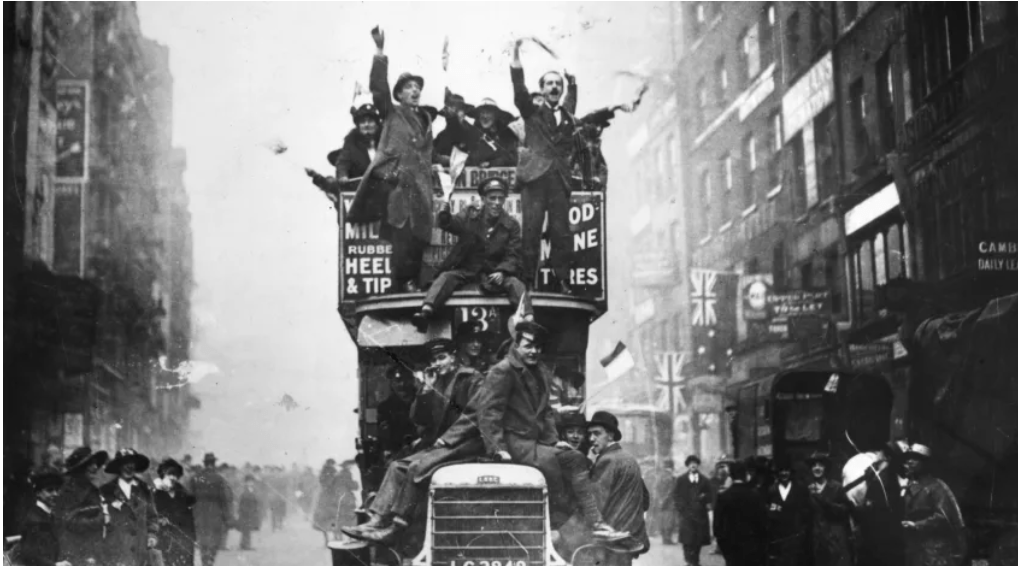
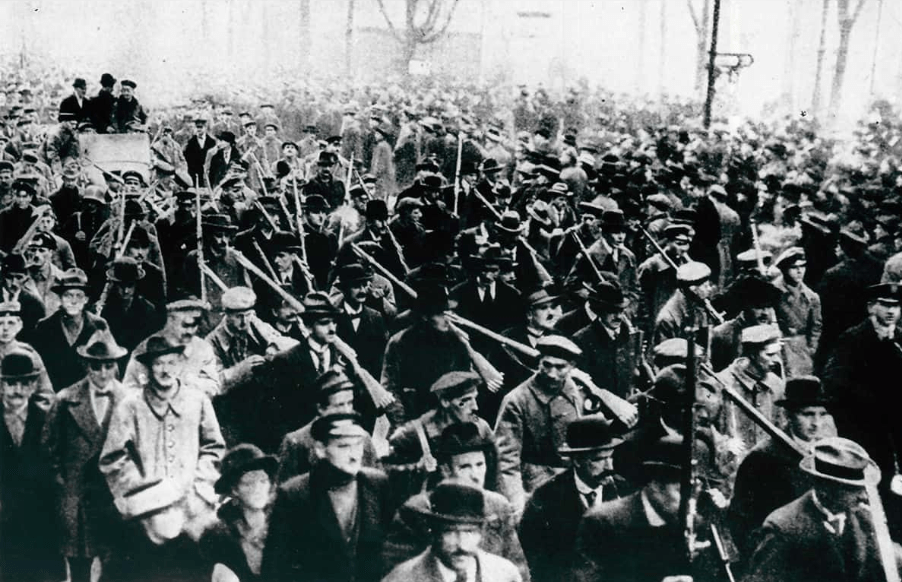
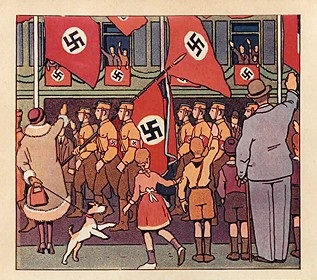

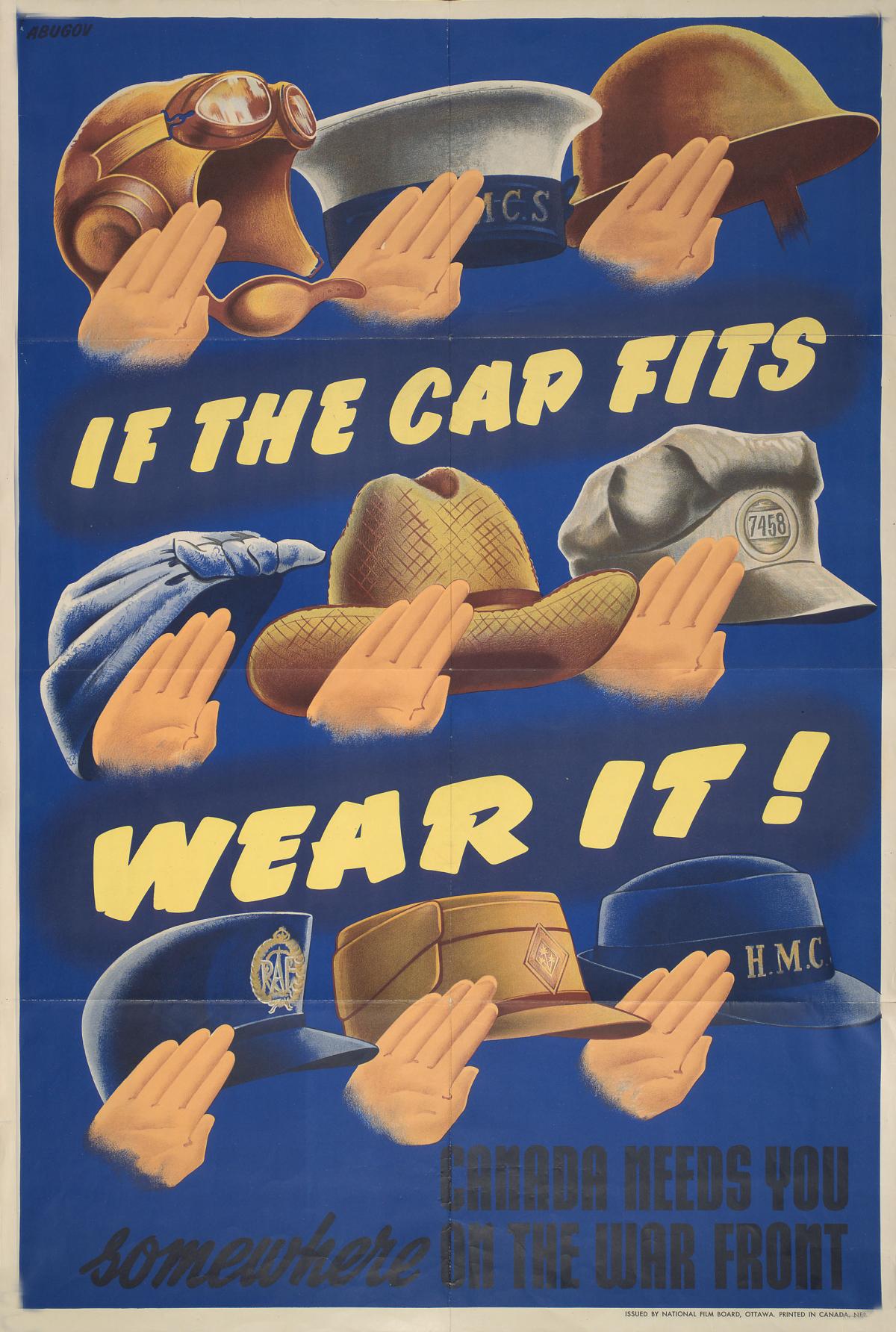

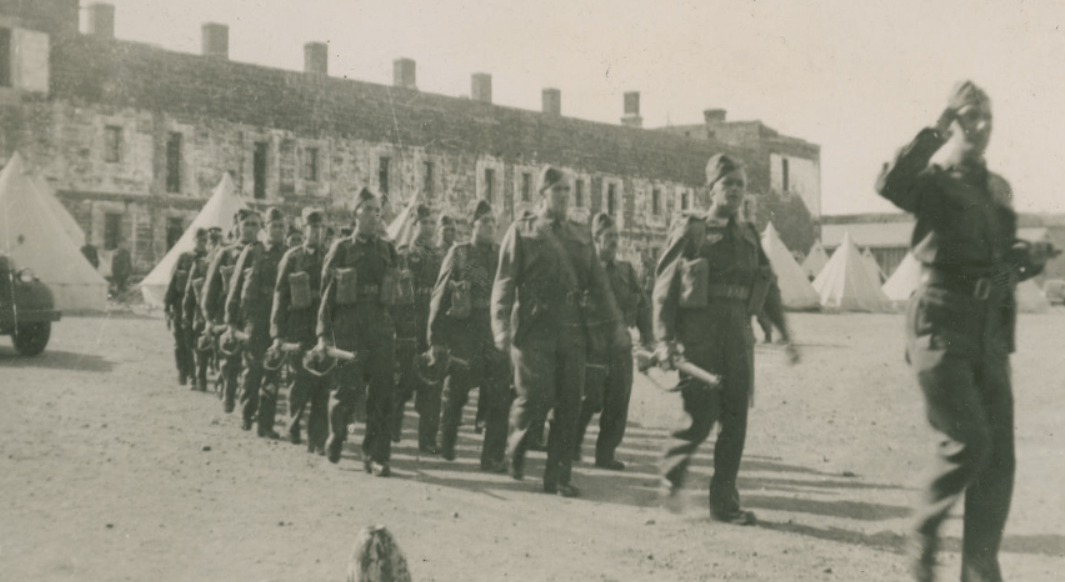
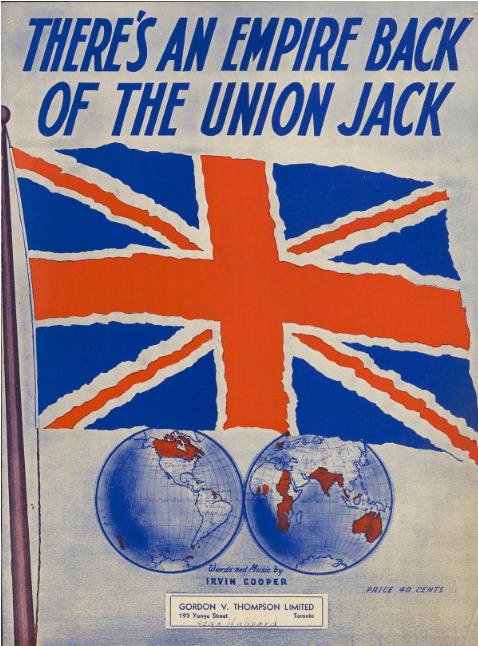
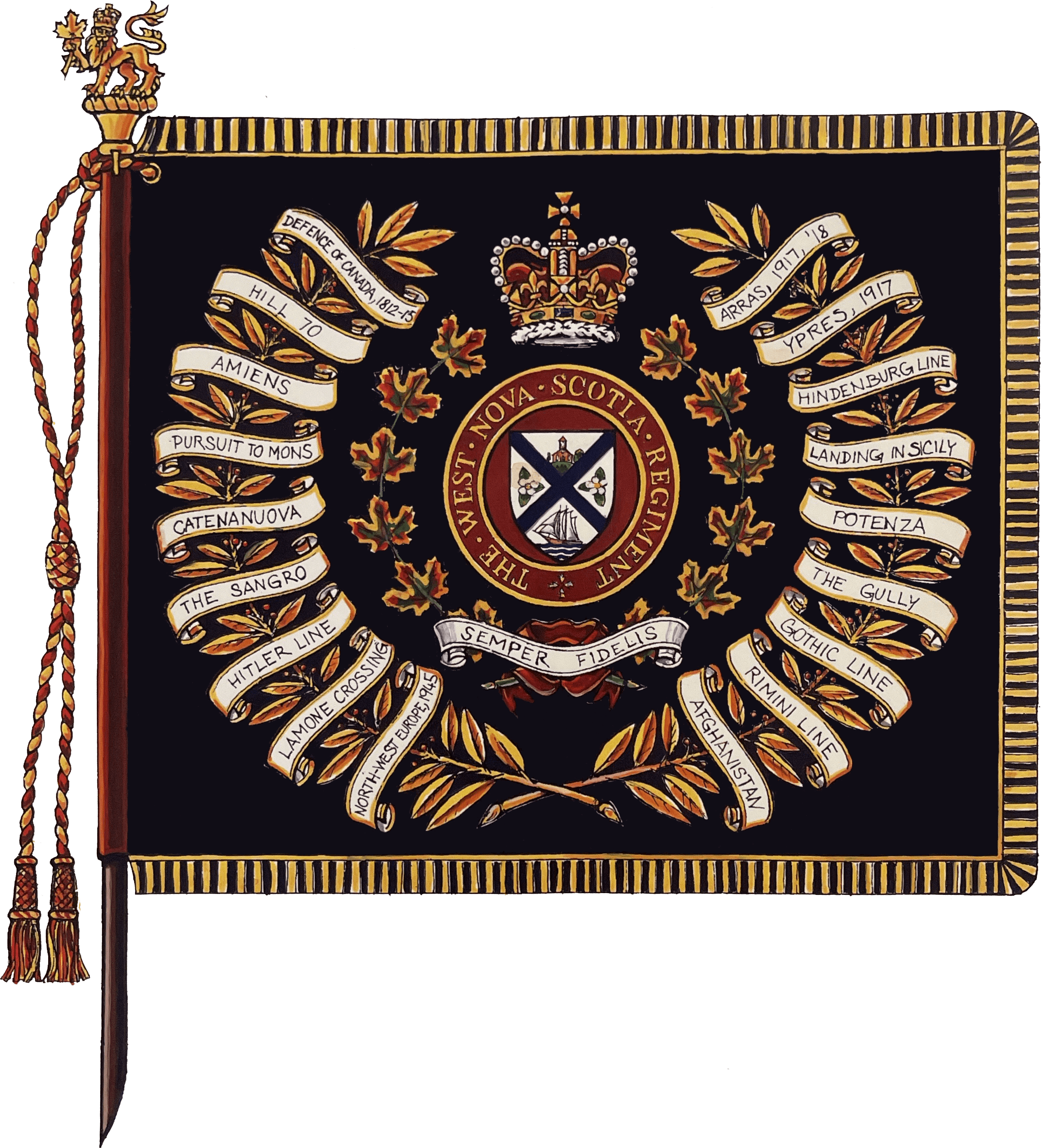

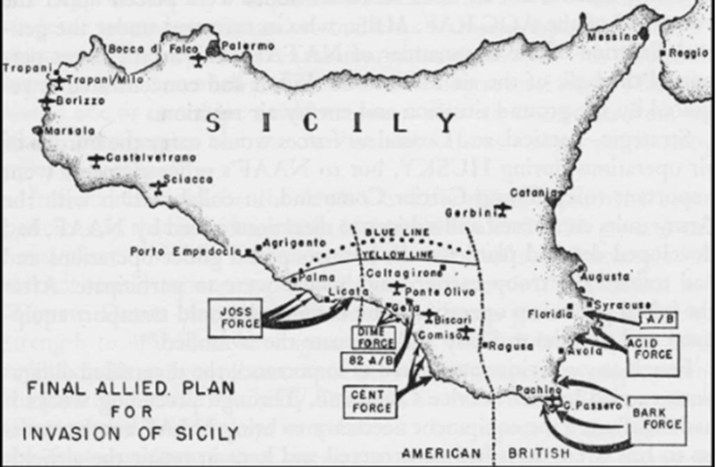
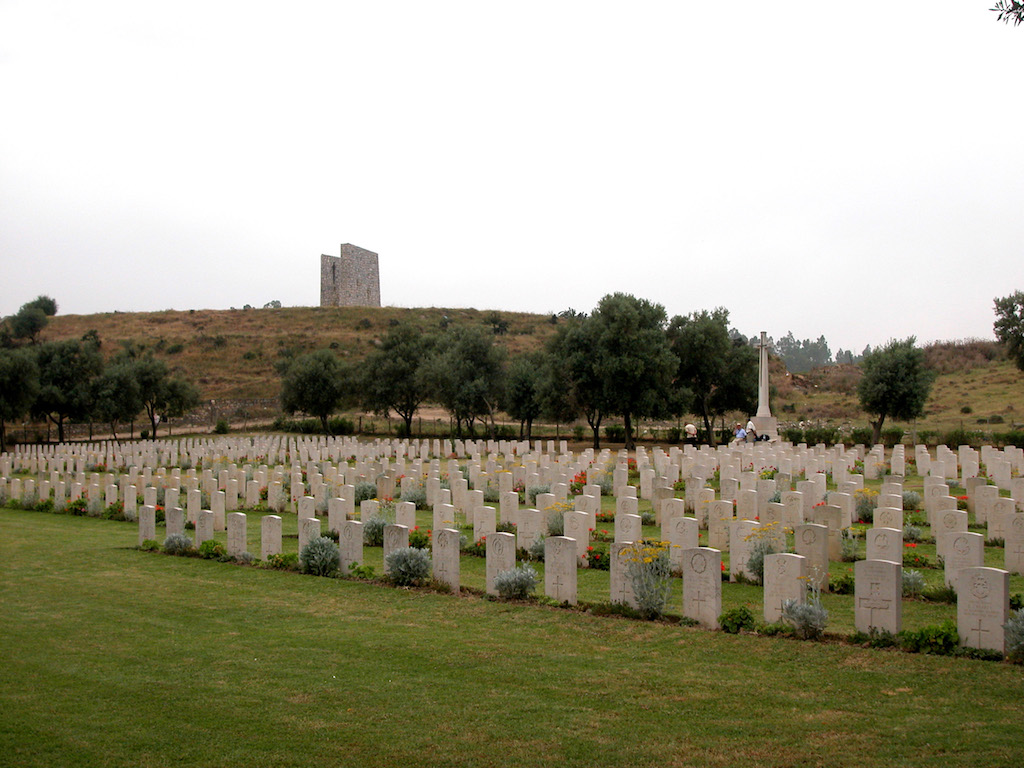

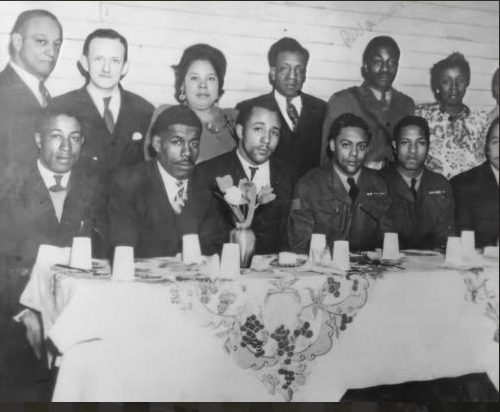

Add a comment to: Gone But Not Forgotten – Part 3: Private Cecil Dixon and the Second World War